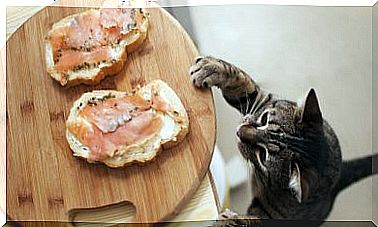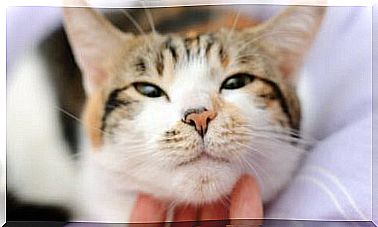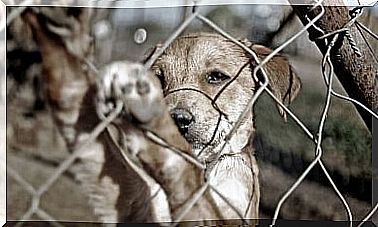How Do Butterflies Feed?
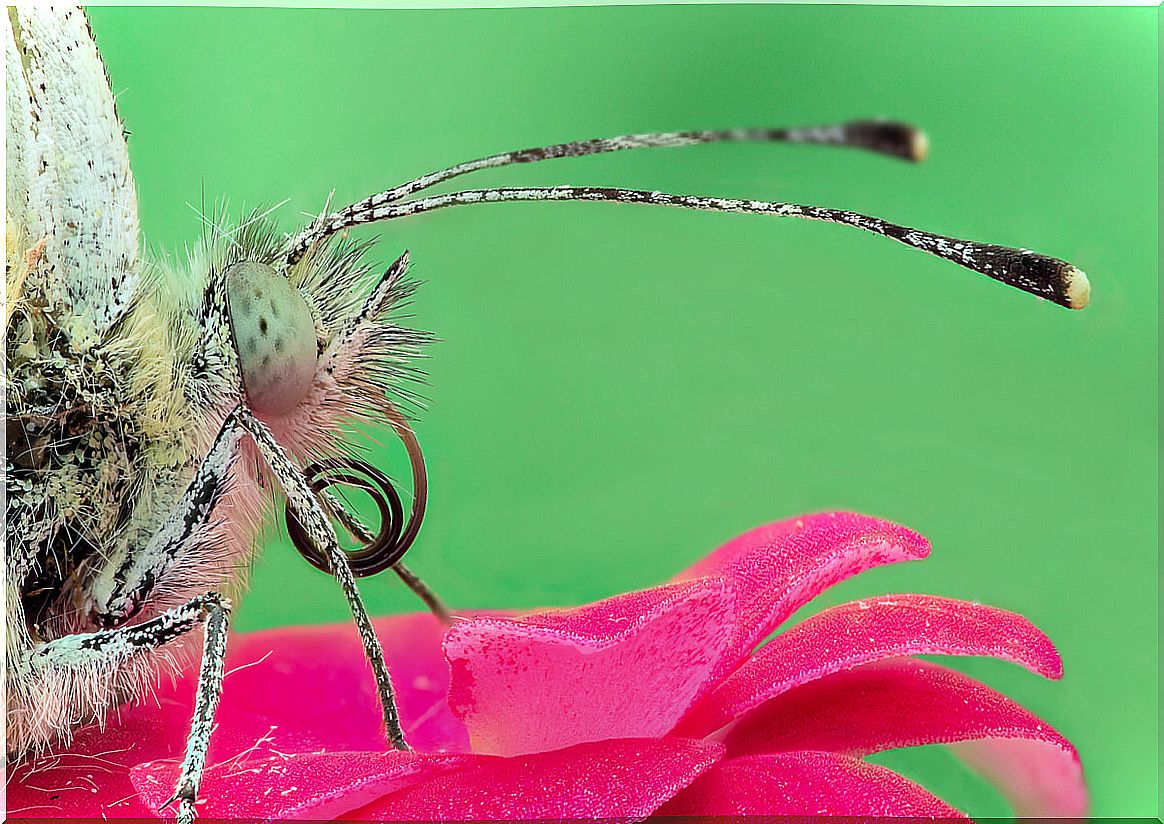
Butterflies come flying to perch on the petals of flowers in a garden. Other times we see them on the leaves of the trees, on the walls and curtains of a house and, sometimes, on a person’s shoulders and fingers. In this process of observation something is missing: when you see butterflies and their gracefulness, don’t you wonder how they feed?
Answering this answer is somewhat complex, since butterflies are invertebrates that go through a metamorphosis, which entails an absolute change in their physiology. Here we tell you all the nutritional characteristics of these winged animals.
The fascinating butterflies
The first thing you should know to answer this question is that, in the life of the butterfly, there is a clear before and an after. That is, before being a butterfly, the larva or caterpillar feeds on plant matter such as leaves, flowers, fruits, roots and stems.
When the caterpillar turns into a full butterfly, the adult specimen begins to feed on pollen, fungal spores, nectar from flowers and some fruits, such as the rind of decaying bananas and watermelons.
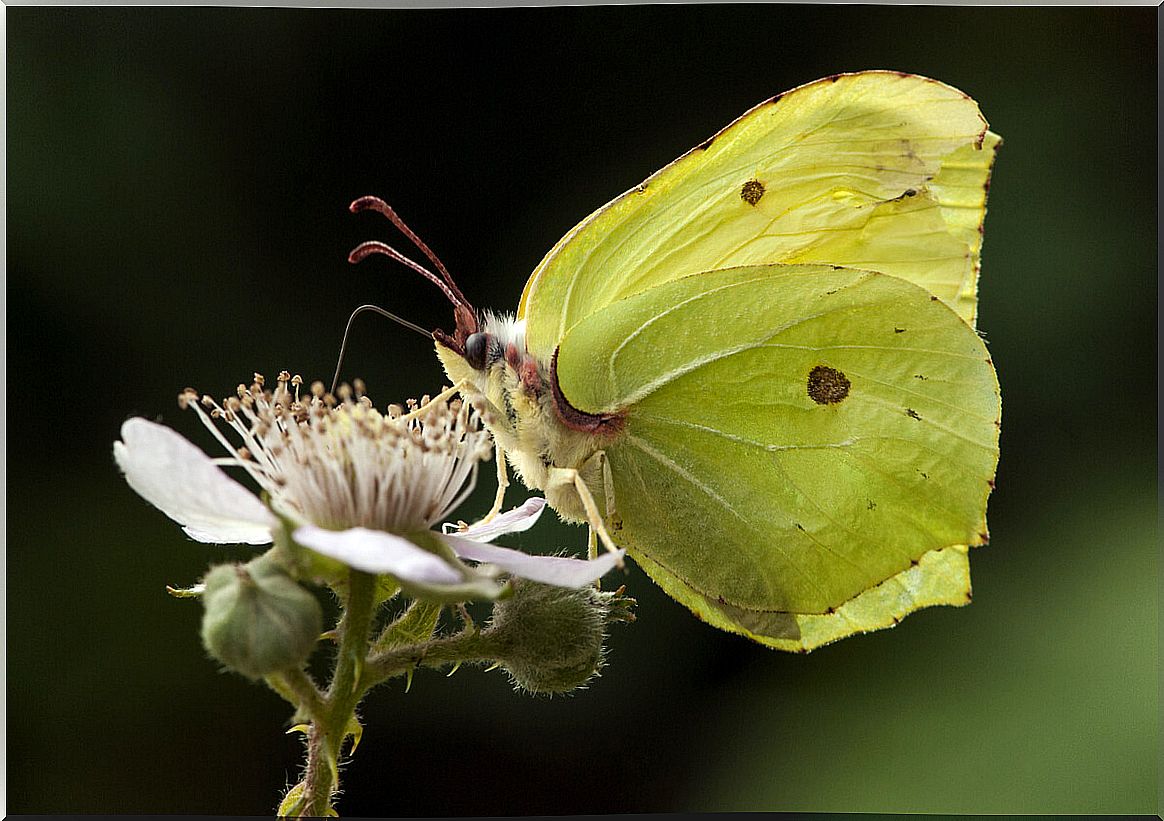
How butterflies feed according to their species
Lepidoptera – as butterflies are scientifically called – are divided into 3 groups. How butterflies feed depends on the taxon in which they are found. Among all the strategies for obtaining food, we find the following:
- Polyphagous butterflies: these animals are very unspecialized, that is, they use almost any type of vegetable to feed themselves.
- Oligófogas butterflies: these have specific needs, that is, they feed on a single plant species, such as the lichens of trees, bulbs, tubers, plants with hollow stems or aquatic vegetables.
- Monophagous butterflies: these species are specialized in their diet, which consists of only one type of food, whether based on fruits, buds, leaves or only a part of the leaf.
How is the process of butterflies at mealtime
When you think about how butterflies feed, the shape of their mouth comes to mind, right? Well, the technical name of this structure is trunk, more correctly known as proboscis. Through this duct, the butterfly absorbs the nectar of the plants, the water and any liquid it requires at a physiological level.
When not eating, the butterfly coils the duct close to its cephalic structures. This must be done while it is flying and looking for other food, in order not to interrupt its specialized morphology for movement in the air.
What foods are favorites for the butterfly
Butterflies’ food depends on their physiological needs at any given time. We give you some examples of this:
- When they want nectar and pollen: It is the preferred food of most butterflies and other insects. With this food, the animal obtains nutrients and sugars in the form of dissolved monosaccharides.
- When you want spoiled fruit: Here, the butterflies suck the juice from the spoiled fruit. They do it through their mouth, which is called a spirit or proboscis. This food is high in sugar and water.
- When they have a craving for sweat and salt: butterflies are attracted to the sweat released by humans and, especially, sodium. In this case, they absorb small amounts of these electrolytes to nourish themselves.
- When they want animal manure: they perch on fresh, wet manure left by animals and birds. Here, the butterflies absorb nutrients that help them survive.
- When they want to eat the sap of the trees: when the sap of the tree sprouts, the butterflies suck the nutrients that this juice has, bitter for many – and perhaps sweet for them.

Butterflies contribute to nature
How butterflies feed is a question that nature is interested in answering at an evolutionary level, since their diet is one of the bases for the dispersal of pollen and seeds in the environment.
Butterflies, when they feed on nectar or plants, allow the pollination of vegetables. This process is what gives rise to the production of seeds and fruits, so without it, the life of ecosystems would not be possible. In nature, all living things play an essential role.

